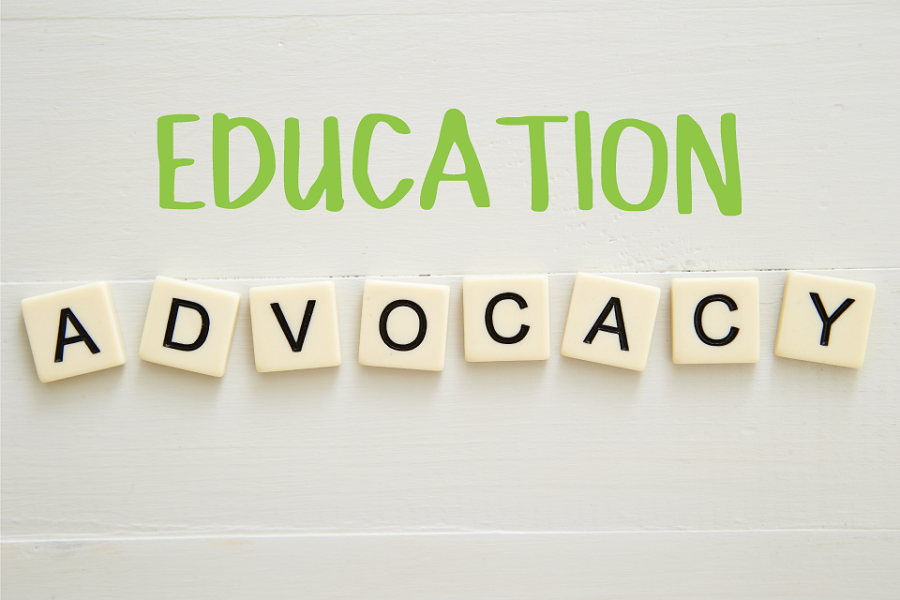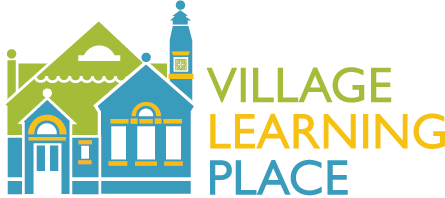
How do we support and advocate for refugee, immigrant, and undocumented families in the classroom?
Submitted by: Daniel Wasse
How many of you were in classes (or are in classes) with students from other countries? I can speak from personal experience. In my grade school, I remember one student whose second language was German (though I never heard him speak a word of it). I spoke Amharic in a very minimal way. Amharic is the main working language in Ethiopia. My teachers knew that my classmate and I came from multicultural families, but I cannot remember one time when we or our families were encouraged to share anything about our cultural background or history. I cannot remember a time when the curriculum was constructed so that our multilingual/cultural capital could be used as an asset to the classroom. As it stood, both of us knew English very well, meaning nothing needed to be “fixed” via English as a Second Language (ESL) so I guess anything else that we could bring to the table was not worthy of consideration.
Since my time in grade school, many, many more immigrants, refugees, and undocumented students have been placed in classrooms all over the United States. Since 1980, the US has resettled 3 million refugees, which is about the population of Arkansas. More recently, meaning over the last year, the United States has resettled more than 76,000 Afghans and 100,000 Ukrainians. Baltimore has a growing immigrant, refugee, and undocumented student population in classes all throughout the city. I taught online classes for Village Learning Place during the 2-year in-person school closure due to COVID-19. During the second year, just under half of my students were multi-lingual and a few were non-English speakers. How did I help these students surmount the cultural and language barriers they faced? The first step was for me to understand what kind of systematic inequities and unique challenges they encountered.
Some of those systematic inequities are no different than those other minorities face. The systematic census undercount affects cultural and economic minorities (e.g., African Americans, Native Americans, and Latino Americans) and has an even more extreme effect on newer communities that face language & cultural barriers. These communities cannot successfully argue for their fair share of services, which includes funding for public schools, without a statistical identity that mirrors the reality they face. What about undocumented students? Unequal access to resources for undocumented students who have a constitutional right to receive a free public education is even more extreme. Many of the 11.5 million undocumented students do not even know they are undocumented until they apply to college and suddenly realize they are ineligible for federal loans or grants. Current studies show students face alienation, cultural conflict, linguistic and cultural disconnect, and negative views from schools and parts of society. Whew! Is there anything that can be done about this in the classroom? I think so.
After learning about the background, I took the second step. The second step was to see all students as assets. Teachers with “asset-based mindsets” often adjust their instruction for students’ cultural backgrounds and find creative ways to build linguistic and cultural bridges between school, home, and communities. I tried to practice this when teaching online by including simultaneous translations of all slides in Arabic, and captions, when possible, for any videos shown. I also fully acquainted myself with the calendar year of Muslim holidays and cultural celebrations and incorporated them into lesson plans. My class had interesting discussions about fasting and it came as absolutely no surprise to me when Muslim students were absent (outside of school holidays) for cultural or religious observances. A highlight of that 2nd year was when a student felt comfortable enough to ask, in a very natural and spontaneous way, for me to pray for her right before the beginning of Ramadan.
I have always hoped that education in school can foster life-altering change, but that does not happen without taking a third step and developing an advocacy mindset. How many teachers do we know that develop empathy and become advocates for students both in and out of school? We all know a few. I tried and continue to try to do that in a small way by making it known in my class that put-downs related to national or cultural backgrounds will not be tolerated. I also try to include issues of inequalities, issues of extra academic and social support for students dealing with trauma, and services for language and service rights for families in my lesson plans. When necessary, I will also challenge the fairness of assessment practices.
I currently have several students in my class that are multi-lingual. Yesterday, I was surprised to hear a non-Arabic-speaking student say Marhaba to an Arabic-speaking classmate. I turned around and asked if she knew what that meant. She said, correctly, that in Arabic that means hello. I watched as that prompted another student to start looking up other words in Arabic to say. Respect and willingness to learn were evident between all students at that table. A lesson plan incorporating the social history of Arabic, including words in Arabic, is coming soon. A classroom that is a welcoming, nurturing place where everyone feels safe, happy, and comfortable is my goal. For that to happen we as teachers need to understand the context and see all students and their families as assets. We must recognize that being an advocate is crucial.
